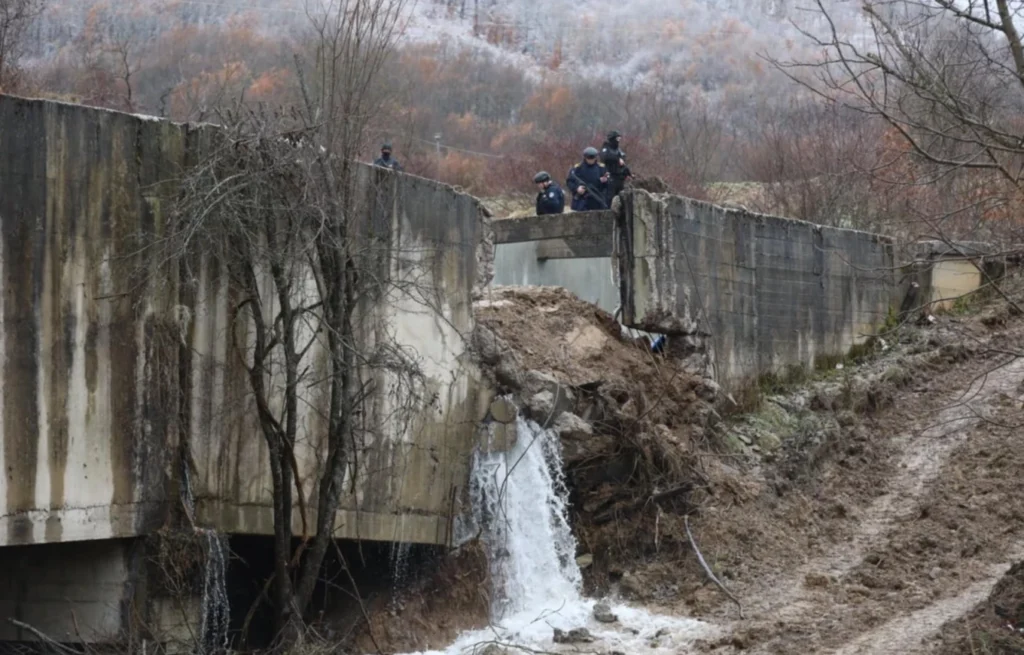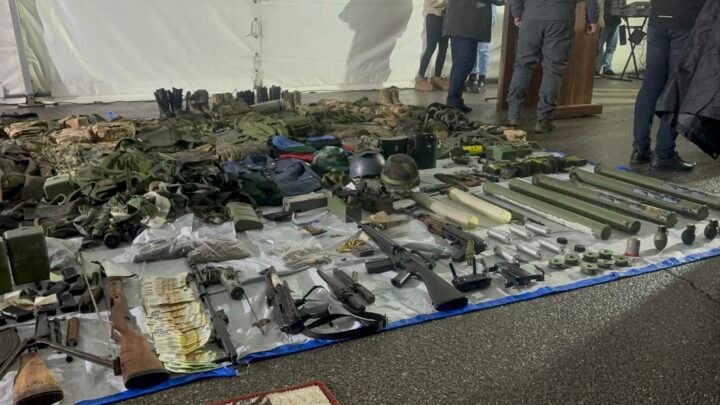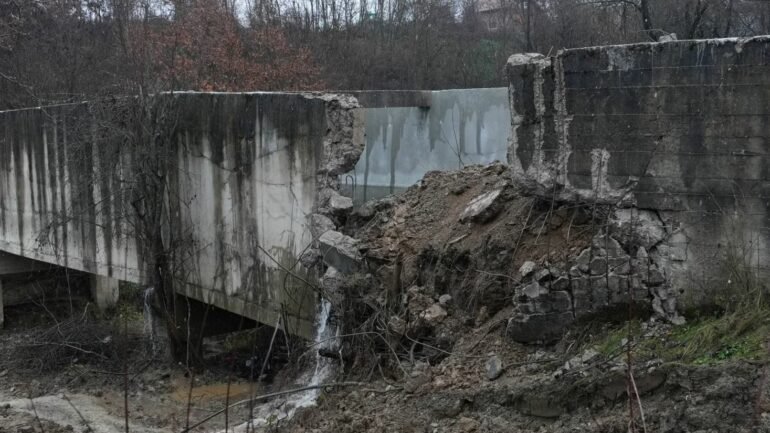Besides “Violent Campaigns,” the Helsinki report identifies other categories where Russian hybrid attacks on Western countries are noted, including attacks on Critical Infrastructure.
This is stated in the Helsinki report titled “Russia’s Shadow War Against NATO”. Here, too, we see President Aleksandar Vučić’s regime’s attempt to mimic Russia in hybrid warfare against Western democratic countries.
CRITICAL INFRASTRUCTURE – Attack on Iber-Lepenc
Per the Helsinki report, hybrid operations often disguise as acts of hooliganism or by groups of individuals, targeting critical infrastructure like hospitals, trains, water, and energy systems, which threaten public safety.
On November 29, 2024, in Kosovo, another terrorist act occurred. The Iber-Lepenc channel in northern Kosovo was attacked.

Water from the Ujman Lake passes through this channel, not only supplying a large part of Kosovo but also cooling a power plant.
This endangered the local Serbian minority with floods and left a significant portion of Kosovo without water and energy, in winter, reminiscent of Russian attacks on Ukraine’s energy and heating infrastructure during cold seasons.
After this attack, the Kosovo Police undertook several actions where they found heavy armaments, and uniforms and logos of the Serbian and Russian armies.

According to the Helsinki report, Russian attacks on Critical Infrastructure occur in cyberspace but also involve physical sabotage. This includes frequent attacks on critical underwater cables in the Baltic Sea, crucial for global internet and communication.
Serbia’s effort to emulate Russia extends beyond violent attacks, also marked in Violet Campaigns and Election Interference.







